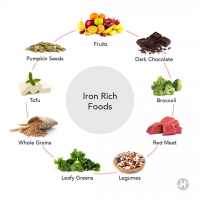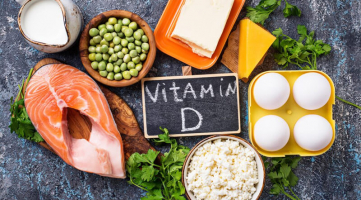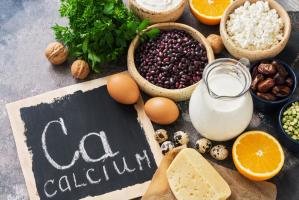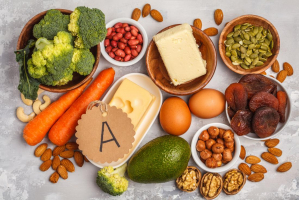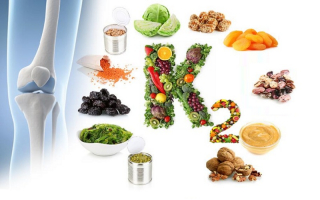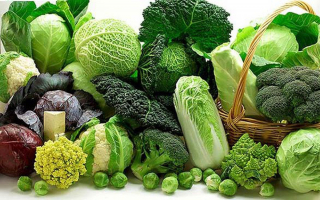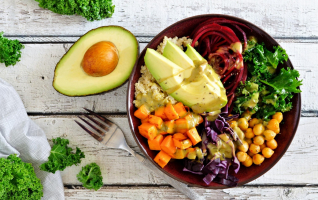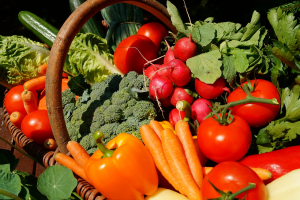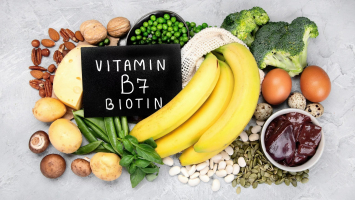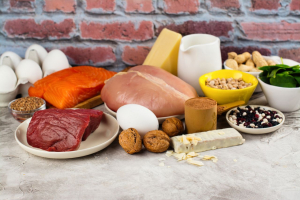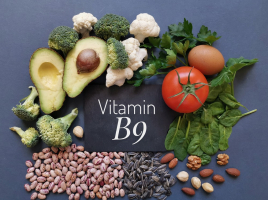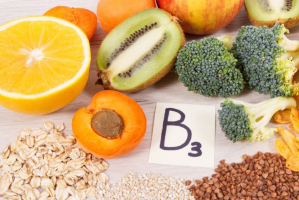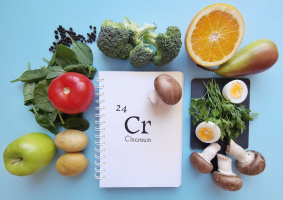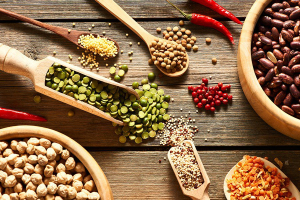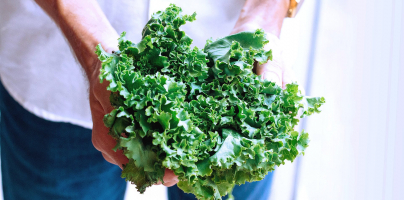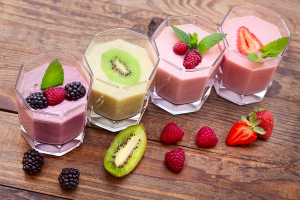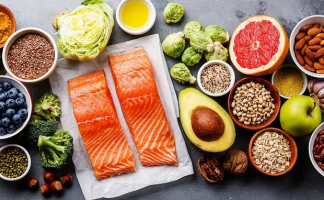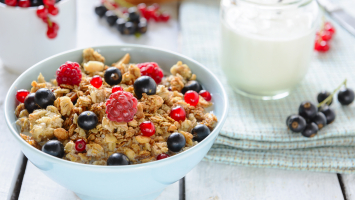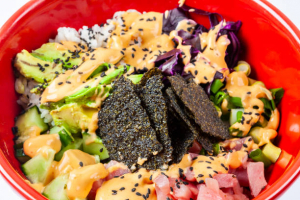Top 11 Healthy Foods High in Antioxidants
Antioxidants are chemicals contained in foods that are created by your body. They help protect your cells from free radicals, which are potentially dangerous ... read more...substances. When free radicals accumulate, they can lead to oxidative stress. This has the potential to harm your DNA and other essential components in your cells. Fortunately, eating an antioxidant-rich diet can help improve your blood antioxidant levels, allowing you to battle oxidative stress and lower your risk of certain diseases. Several techniques are used by scientists to determine the antioxidant content of foods. Here are the best healthy foods that are high in antioxidants.
-
Dark chocolate is healthful, which is great news for chocolate lovers. It has more cocoa and minerals than conventional chocolate, as well as more antioxidants and minerals. Dark chocolate has up to 15 mmol of antioxidants per 3.5 ounces, according to the FRAP analysis (100 grams). This is more than blueberries and raspberries, which provide up to 9.2 and 2.3 mmol of antioxidants in the same serving size. Furthermore, antioxidants found in cocoa and dark chocolate have been linked to numerous health advantages, including lower inflammation and risk factors for heart disease. A study of ten research, for example, looked at the relationship between cocoa consumption and blood pressure in both healthy adults and those with high blood pressure.
Consuming cocoa-rich goods, such as dark chocolate, lowered systolic blood pressure by an average of 4.5 mmHg and diastolic blood pressure by an average of 2.5 mmHg. Another study discovered that dark chocolate may lower the risk of heart disease by increasing blood antioxidant levels, increasing "good" HDL cholesterol levels, and decreasing "bad" LDL cholesterol from oxidizing. Oxidized LDL cholesterol is dangerous because it causes inflammation in the blood arteries, which increases the risk of heart disease.
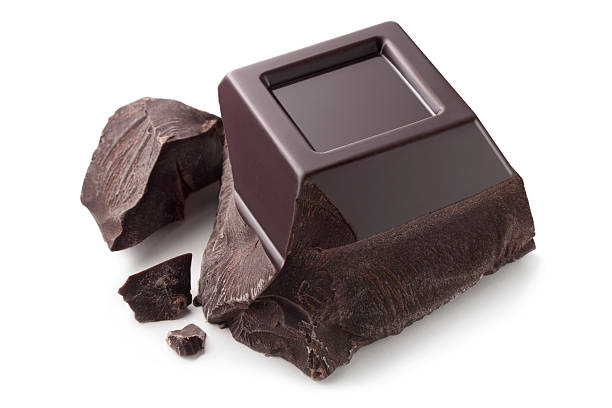
Dark Chocolate 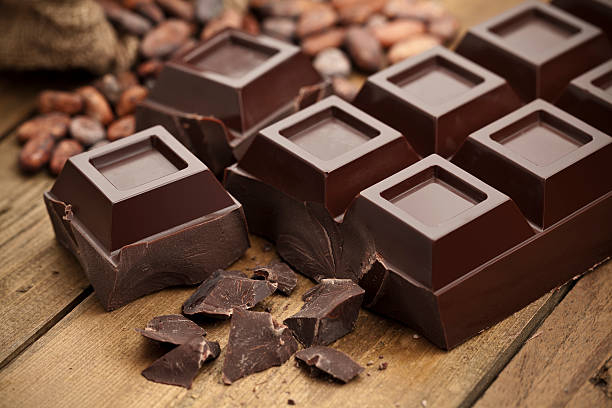
Dark Chocolate -
Pecans are a nut that originated in Mexico and South America. They are abundant in antioxidants and a wonderful source of healthy fats and minerals. Pecans contain up to 10.6 mmol of antioxidants per 3.5 ounces, according to an FRAP study (100 grams). Furthermore, pecans can help boost antioxidant levels in the blood. According to one study, persons who received 20% of their daily calories from pecans had considerably higher blood antioxidant levels.
Another study found that eating pecans reduced oxidized blood LDL levels by 26-33% within two to eight hours. High levels of oxidized LDL cholesterol in the blood are associated with an increased risk of heart disease. Although pecans are heavy in calories, they are high in beneficial fats. To avoid consuming too many calories, it's necessary to eat pecans in moderation.
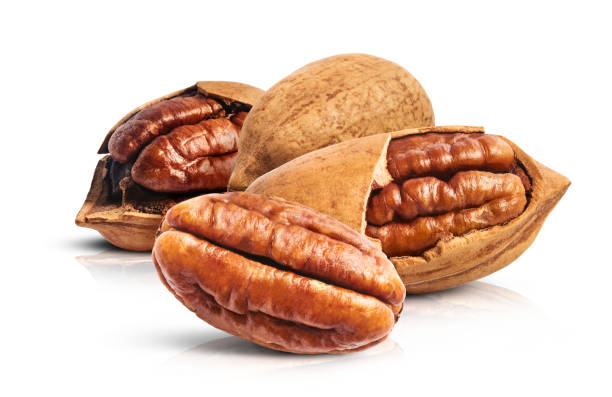
Pecans 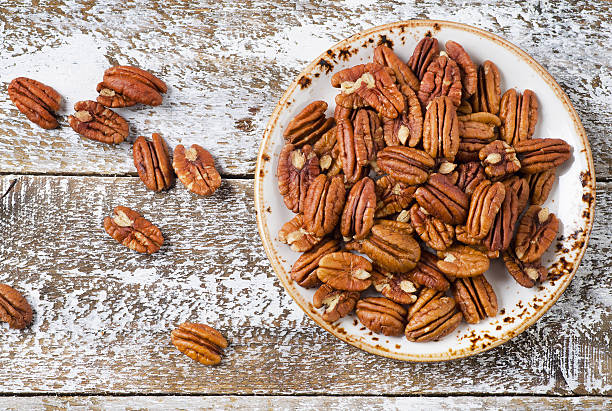
Pecans -
Blueberries are high in minerals and antioxidants despite being low in calories. Blueberries offer up to 9.2 mmol of antioxidants per 3.5 ounces, according to an FRAP study (100 grams). Several studies even claim that blueberries have the highest antioxidant content of any frequently ingested fruit or vegetable.
Furthermore, test-tube and animal studies have demonstrated that the antioxidants in blueberries may postpone the loss in brain function that occurs with aging. Blueberries' antioxidants, according to researchers, may be responsible for this effect. They are considered to accomplish this via neutralizing damaging free radicals, decreasing inflammation, and altering gene expression. Furthermore, antioxidants in blueberries, particularly anthocyanins, have been found to lessen risk factors for heart disease by lowering LDL cholesterol levels and blood pressure.
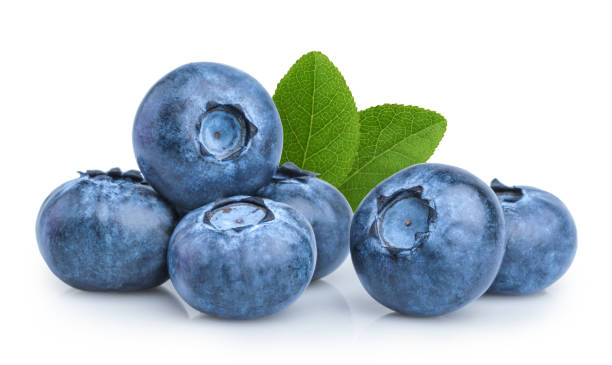
Blueberries 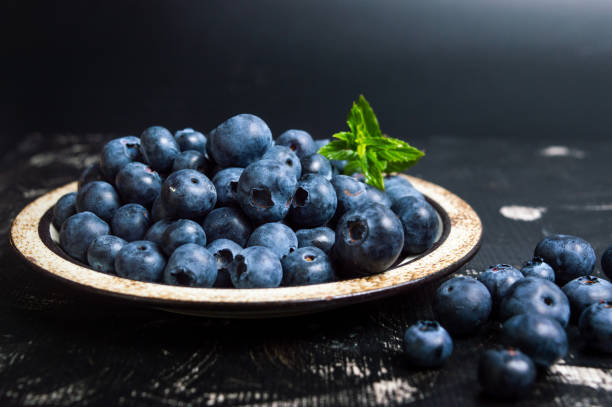
Blueberries -
Strawberries are one of the world's most popular berries. They're delicious, versatile, and high in vitamin C and antioxidants. Strawberries contain up to 5.4 mmol of antioxidants per 3.5 ounces, according to an FRAP study (100 grams). Strawberries also contain anthocyanins, a type of antioxidant that gives them their red color. Strawberries with a higher anthocyanin concentration are brighter red.
Anthocyanins have been proven in studies to help reduce the risk of heart disease by lowering levels of "bad" LDL cholesterol and increasing levels of "good" HDL cholesterol. A meta-analysis of ten studies discovered that taking an anthocyanin supplement significantly lowered LDL cholesterol in persons with heart disease or high LDL levels.
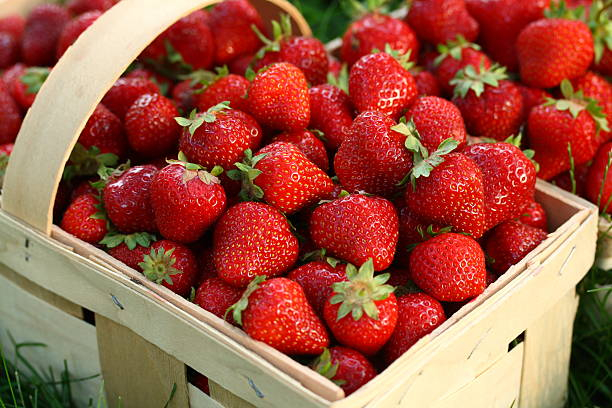
Strawberries 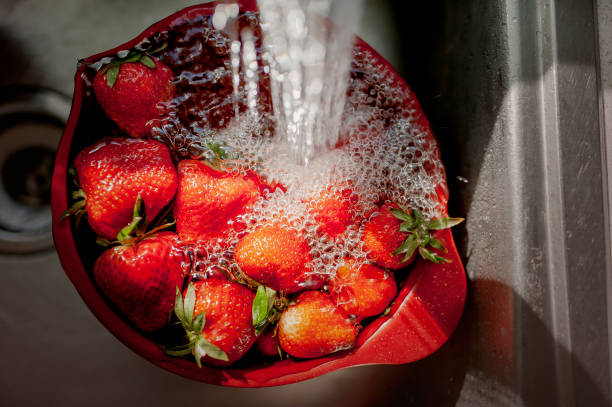
Strawberries -
Artichokes are a wonderful and nutritious vegetable that is not widely consumed in North America. However, they have a long history; in ancient times, their leaves were used to treat liver disorders such as jaundice. Artichokes are also high in dietary fiber, minerals, and antioxidants. Artichokes contain up to 4.7 mmol of antioxidants per 3.5 ounces, according to a FRAP study (100 grams).
Artichokes are particularly high in antioxidant chlorogenic acid. According to research, chlorogenic acid's antioxidant and anti-inflammatory properties may lessen the incidence of some malignancies, type 2 diabetes, and heart disease. Artichokes' antioxidant content varies depending on how they are prepared. Boiling artichokes increases their antioxidant content by eight times while steaming them increases it by fifteen times. Frying artichokes, on the other hand, may lower their antioxidant value.
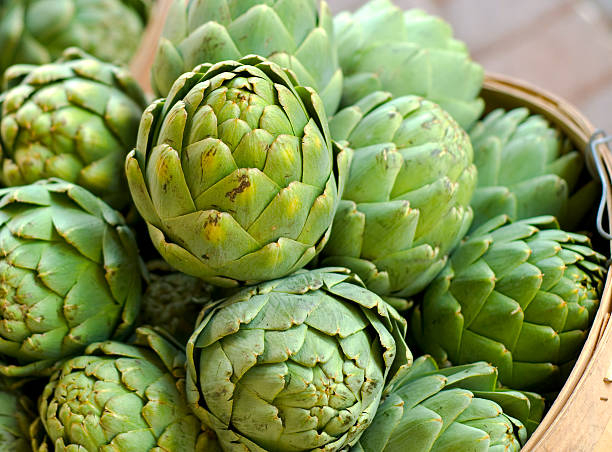
Artichokes 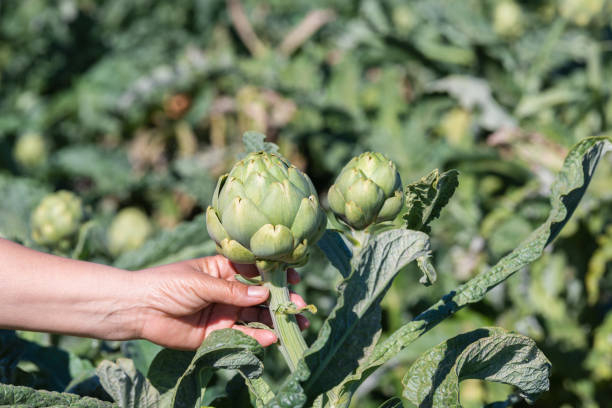
Artichokes -
Goji berries are the dried fruits of two plants that are closely related, Lycium barbarum and Lycium chinense. They've been used in traditional Chinese medicine for 2,000 years. Goji berries are frequently touted as a superfood due to their high vitamin, mineral, and antioxidant content. According to FRAP analysis, 3.5 ounces (100 grams) of goji berries contain 4.3 mmol of antioxidants. Goji berries also contain Lycium barbarum polysaccharides, which are unique antioxidants. These have been associated with a lower risk of heart disease and cancer and may aid in the prevention of skin aging. Furthermore, goji berries may be particularly helpful in increasing blood antioxidant levels.
In one study, healthy older persons drank a goji berry drink made with milk every day for 90 days. Their blood antioxidant levels were increased by 57% by the end of the research. While goji berries are healthful, they are costly to consume on a regular basis. Furthermore, there has only been a little human research on the effects of goji berries. While these studies suggest their health advantages, further human-based research is required.
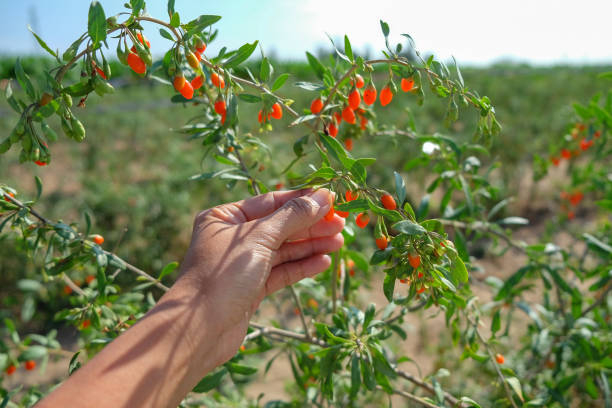
Goji Berries 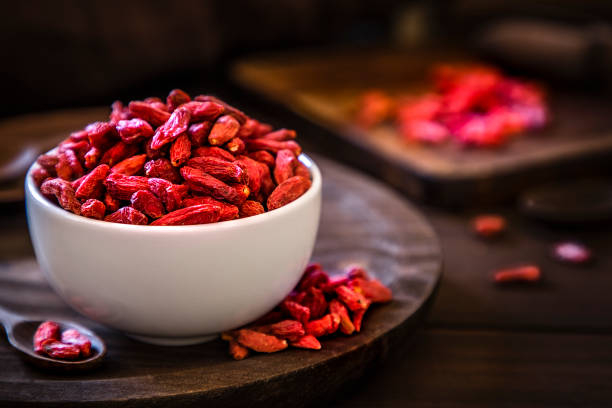
Goji Berries -
Raspberries are a soft, tart berry that is commonly used in sweets. They're high in dietary fiber, vitamin C, manganese, and antioxidants. According to FRAP data, raspberries contain up to 4 mmol of antioxidants per 3.5 ounces (100 grams). Several studies have connected raspberries' antioxidants and other components to a lower risk of cancer and heart disease. In one test-tube investigation, antioxidants and other components in raspberries killed 90% of stomach, colon, and breast cancer cells. According to an analysis of five research, the anti-inflammatory and antioxidant characteristics of black raspberries may slow down and decrease the symptoms of a variety of malignancies.
Furthermore, the antioxidants included in raspberries, particularly anthocyanins, may help to reduce inflammation and oxidative stress. This may lower the risk of developing heart disease. Having said that, the majority of the data for raspberries' health benefits come from test-tube studies. The more human study is required before recommendations may be made.
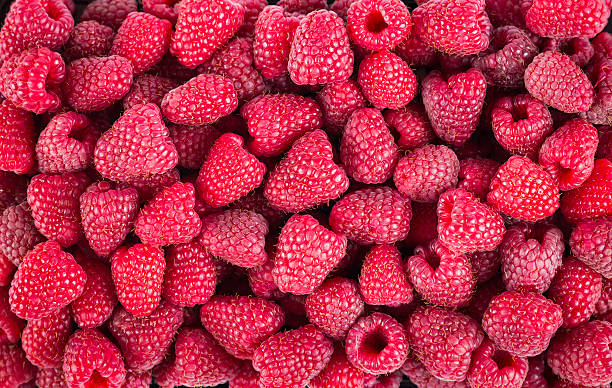
Raspberries 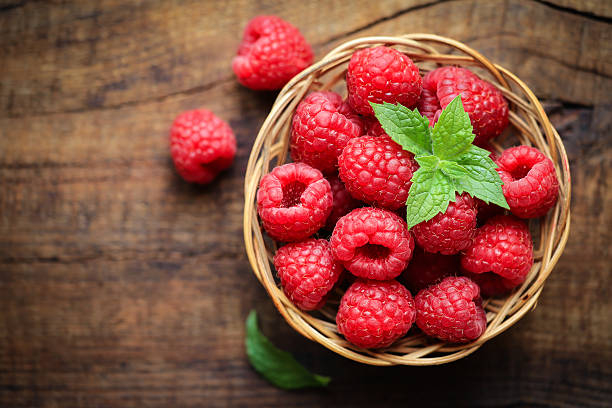
Raspberries -
Kale is a cruciferous vegetable and one of the vegetables grown from the species Brassica oleracea. Broccoli and cauliflower are also members. Kale is one of the most nutrient-dense greens available, high in vitamins A, K, and C. It's also high in antioxidants, with up to 2.7 mmol per 3.5 oz (100 grams). Red kale cultivars such as redbor and red Russian kale, on the other hand, may have nearly twice as much — up to 4.1 mmol of antioxidants per 3.5 ounces.
This is due to the fact that red kale contains higher anthocyanin antioxidants as well as various other antioxidants that give it its brilliant color. Kale is also a good plant-based supply of calcium, which is a crucial mineral for bone health and other cellular activities.
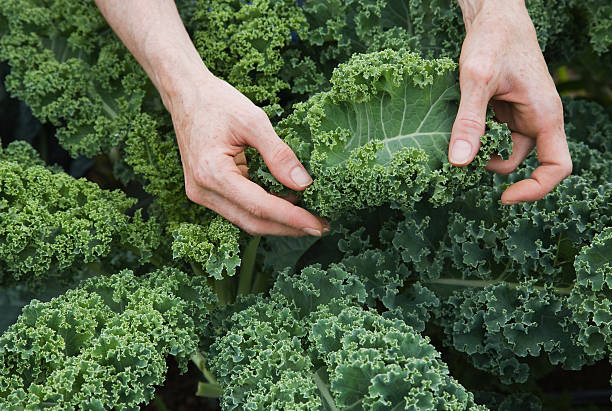
Kale 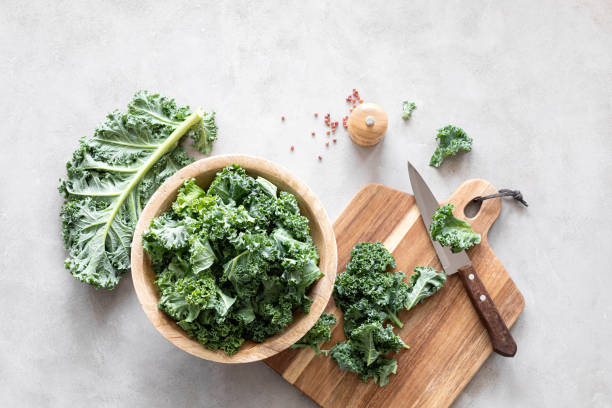
Kale -
Red cabbage has a high nutritional profile. It is also known as purple cabbage and is abundant in antioxidants and vitamins C, K, and A. A FRAP research found that red cabbage contains up to 2.2 mmol of antioxidants per 3.5 ounces (100 grams). This is more than four times the antioxidant content of conventionally cooked cabbage. This is due to the presence of anthocyanins, a type of antioxidant that gives red cabbage its color. Strawberries and raspberries also contain anthocyanins.
Several health advantages have been associated with anthocyanins. They have the potential to reduce inflammation, protect against heart disease, and lower the risk of some malignancies. Furthermore, red cabbage is high in vitamin C, which functions as an antioxidant in the body. Vitamin C may aid in immune system strengthening and skin firmness. Surprisingly, how red cabbage is prepared can influence its antioxidant levels. Boiling and stir-frying red cabbage may increase its antioxidant profile, however, steaming red cabbage decreases its antioxidant content by nearly 35%.
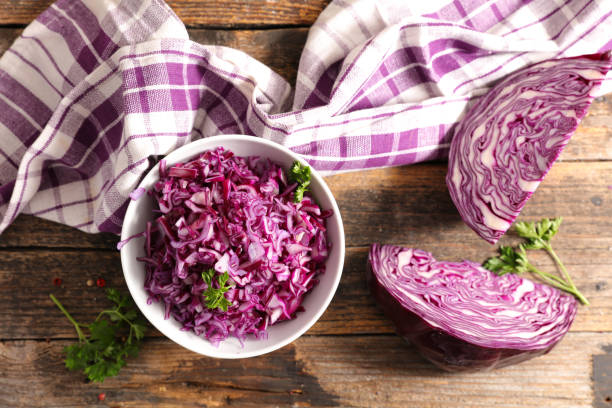
Red Cabbage 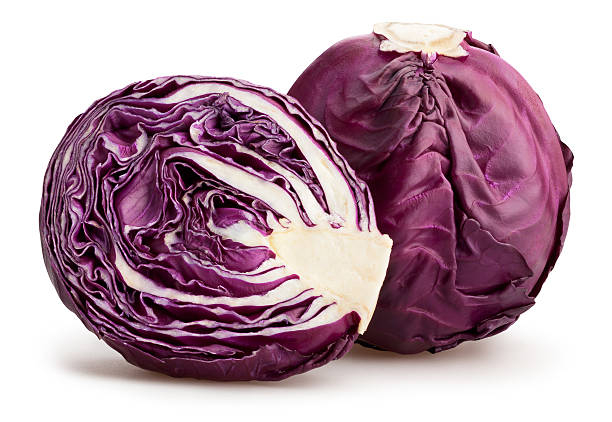
Red Cabbage -
Beans are a diverse group of legumes that are both cheap and nutritious. They are also extremely high in fiber, which can help you maintain regular bowel motions. Beans are extremely high in antioxidants, making them one of the greatest vegetable sources. According to FRAP, green broad beans contain up to 2 mmol of antioxidants per 3.5 ounces (100 grams). Furthermore, some beans, such as pinto beans, contain an antioxidant known as kaempferol. This antioxidant has been associated with numerous health advantages, including reduced chronic inflammation and cancer development suppression.
Several animal studies, for example, have discovered that kaempferol may inhibit the formation of malignancies in the breast, bladder, kidneys, and lungs. However, given the majority of the research supporting kaempferol's advantages has been conducted in animals or test tubes, more human-based studies are required.
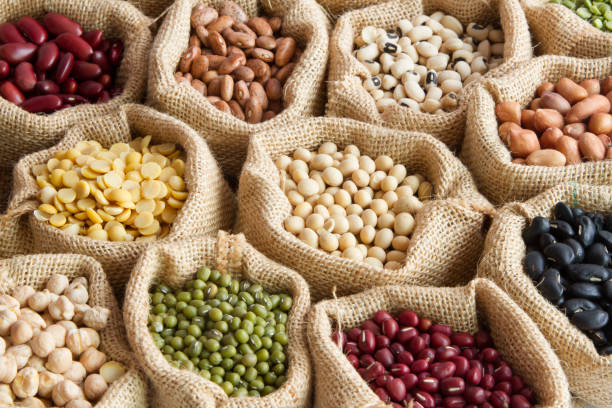
Beans 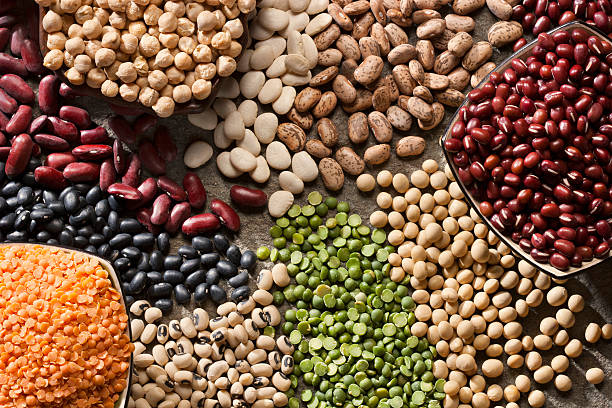
Beans -
Beets, usually known as beetroot, are the roots of a vegetable called Beta vulgaris. They have a moderate flavor and are high in fiber, potassium, iron, folate, and antioxidants. Beets contain up to 1.7 mmol of antioxidants per 3.5 ounces, according to an FRAP study (100 grams). They're particularly high in a type of antioxidant known as betalains. These are responsible for the reddish color of beets and have been connected to health benefits. Several in vitro studies, for example, have linked betalains to a decreased incidence of colon and digestive tract malignancies.
Beets also contain additional chemicals that may aid to reduce inflammation. According to one study, ingesting betalain capsules manufactured from beetroot extract considerably reduced osteoarthritis pain and inflammation.
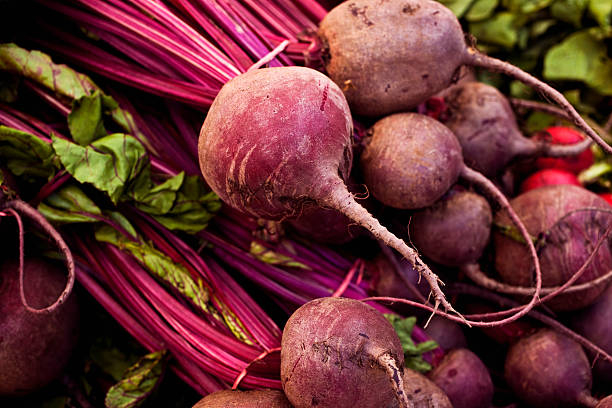
Beets 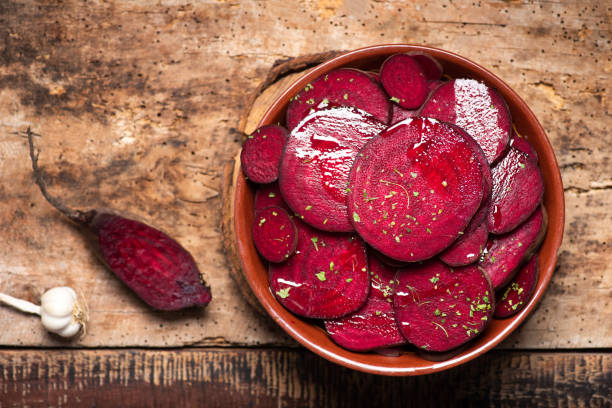
Beets













